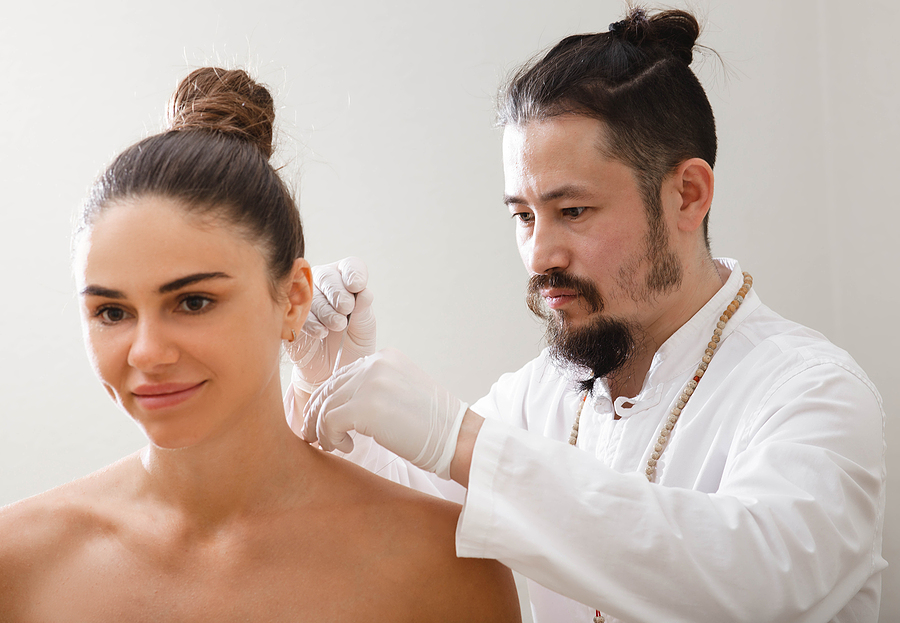Acupuncture is an ancient practice that uses tiny, sterile needles to help relieve pain and treat a variety of health issues. The practice originated in China around 2,000 B.C., but it’s now used by millions of people around the world. Although there are many types of acupuncture, traditional Chinese medicine is typically used to treat various health issues such as headaches or back pain.
What is acupuncture?
Acupuncture is the insertion of fine needles into specific points on the body. Acupuncturists use it to treat a variety of conditions, such as chronic pain and nausea from chemotherapy. Acupuncture has been used for thousands of years and has shown promising results in the treatment of many health issues, but it’s still not well understood by Western medicine. Since acupuncture involves puncturing or cutting skin, there are some safety concerns that must be considered before undergoing this procedure.
How do specialists diagnose and treat patients?
Acupuncture is a holistic approach to health, so your acupuncturist will likely ask you a variety of questions about your lifestyle and diet in addition to conducting a physical exam. They may also use a variety of diagnostic tools, such as pulse diagnosis and tongue diagnosis.
To use these diagnostic tools, the acupuncturist must first determine whether there’s an imbalance in the flow of Qi (vital energy) through the body’s meridians, which are pathways that run through all parts of our bodies. The ancient Chinese system of meridians divides up these pathways into 12 main channels that correspond with different parts of the body and organs. Each channel has specific areas along its length where problems can occur—for example, inflammation could occur at certain points along one channel if it becomes blocked or damaged by injury or disease (in this case the liver). Acupuncturists believe that if an imbalance occurs within one region of the body due to illness or injury, it will negatively affect other areas connected by those same channels—so treating problems at their source can help restore the balance between all parts throughout your system over time!
Your acupuncturist may also use other diagnostic tools such as pulse diagnosis: they’ll take either one or two pulses (depending on where they’re located on each wrist) between their thumb and first finger while they press down firmly but gently; then they’ll compare these readings against what healthy readings would look like on someone else’s arm (this process involves comparing temperatures). This test helps them assess how well blood flows through various vessels within each patient’s body before beginning treatment sessions which require needles being inserted into certain points along those same vessels so that healing can begin immediately afterward.
What’s the difference between a licensed acupuncturist and other practitioners?
Acupuncture is a form of traditional Chinese medicine, and it’s been practiced for thousands of years. Acupuncturists are trained in the art and science of acupuncture, which is why they’re able to administer treatments to patients. They can also prescribe medications or herbs as needed, depending on your condition.
Acupuncturists receive their training at accredited schools that have been approved by their state’s board of health. Once they complete their education and pass an exam, they are licensed to practice acupuncture—but some other practitioners may have some training in acupuncture but are not licensed to practice it.
How often should you get acupuncture treatments?
How often you see a specialist depends on the condition being treated, so it’s best to seek out a professional who can tailor your treatment schedule to your needs. Acupuncture is not a cure-all, but it can be helpful for many conditions. The frequency at which patients should receive treatments will vary between practitioners, as well as depending on how long each session lasts and how often they occur. Your practitioner should work with you to determine the most effective schedule.

